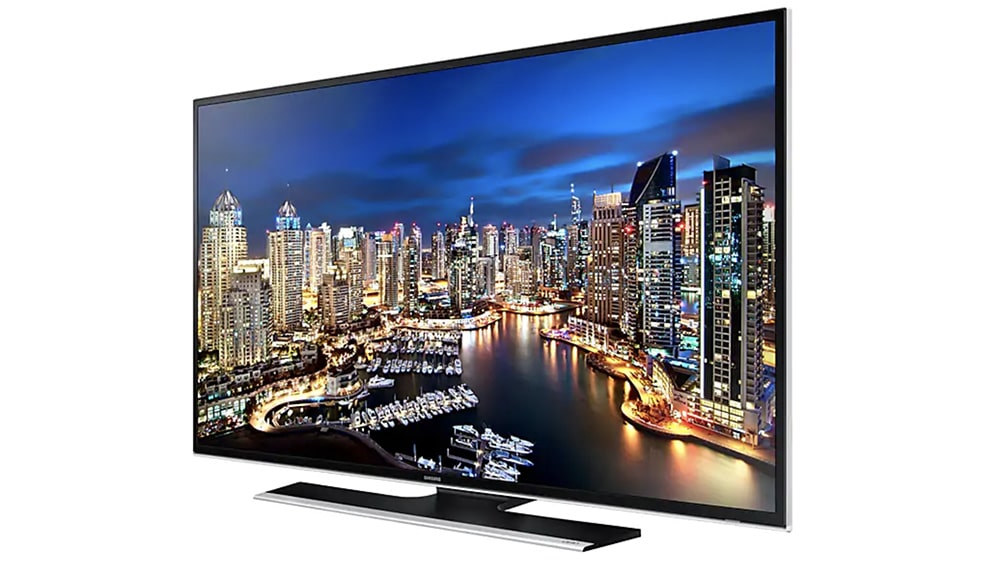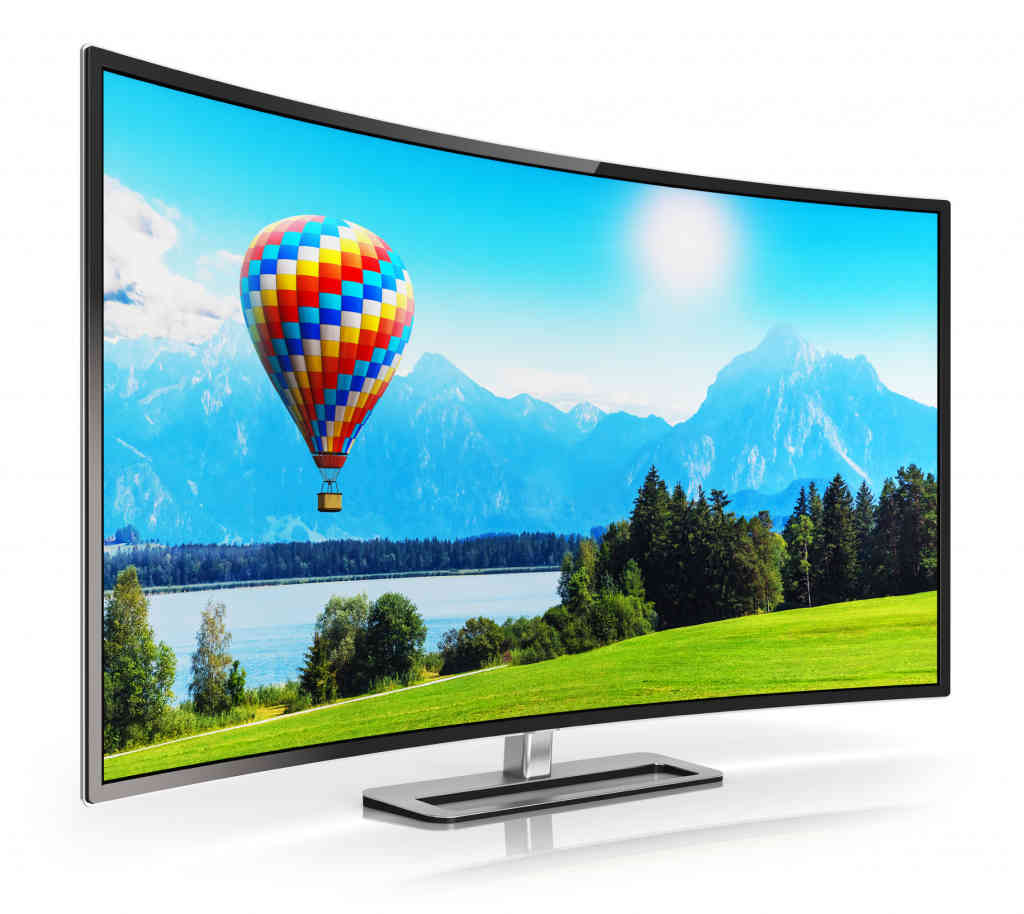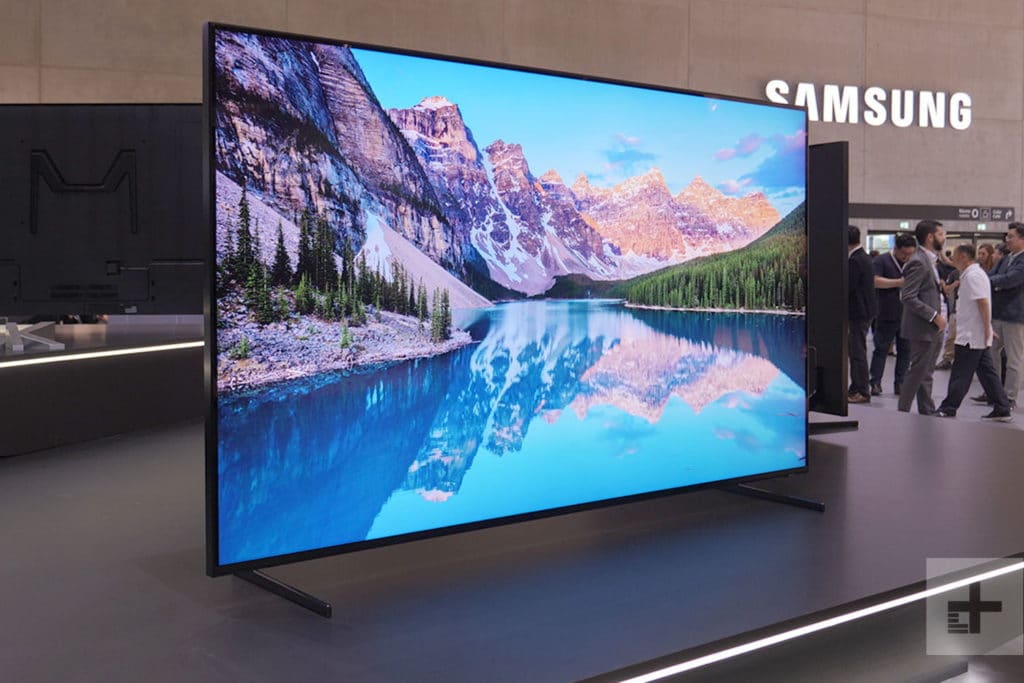Buying a Smart Home TV can be overwhelming! With all the factors that must be considered when making the purchase, we are here to help you through the process. TV’s are an integral part of the home and we want to make sure you get it right. Keep Reading to find out which TV’s our experts recommend!
Screen Resolution
Simply put, 4K (aka Ultra HD) is the way to go. This is all you really need to know and if you don’t care for all the nerdy details, feel free to skip to the next section, but if you’re a tech nerd like we are, read on. Screen resolution refers to the number of pixels on the screen and like most things – the more the better. HD standards in the olden days were frankly really sad. HDTV was eventually introduced, bringing a new standard to screen resolution. The highest screen resolution before 4K was (1080P) which was over 2 million pixels. Years later, 4K was introduced, with a resolution of over 8 million pixels, and suddenly, all faith in humanity was restored. Trust us, everything is better in 4K. However, 8K is extremely new and with technology advancing so rapidly, 8K does seem to be the norm of the near future. If your budget permits, definitely go for the big 8.

OLED vs LED
What really is the difference between OLED and LED TVs? The O. (haha, just kidding). Although OLED TV’s are more expensive it is not without good reason. Check out these quick facts about both:
Picture – LED TVs are backlit. This means that there is a light that is shown through a panel of crystals which all come together to make a picture. In an OLED TV, every pixel adjusts on its own making the picture quality significantly more authentic.
Brightness/Contrast – LEDs and OLEDs are both great in any given lighting condition. However, LED TV’s can’t go fully dark, so it isn’t great for shadow details, whereas any colour with an OLED TV pops, including black – which makes the contrast extremely authentic as well.
TV Depth – Although both TV’s are thin, OLED is definitely slimmer. Professional installation is key in ensuring a sleek look for your TV.
Viewing Angles – With OLED technology, you can see the picture on the screen from any viewing angle. This is not the case with low-end LED TVs.

HDR Compatibility
High Dynamic Range (HDR) does for TVs what ice cream does to apple pie – you want your TV à la mode. With HDR compatibility, the colour on a TV is significantly more lifelike and makes viewing more enjoyable. HDR expands colour and contrast ratios in a picture – the difference it brings is extremely noticeable. If you can afford it, you should get it.
Our recommendations:
- 8K Samsung TV (The baller option): This TV includes an AI learning chip, making lower definition content look HD, it will automatically recognize the content you’re watching and will switch the settings for optimal viewing, and this TV is 8K – need I say more?
- The Samsung 8000 (The budget option): The Samsung 8000 has good value for the price, great image and supports all smart TV features, good low input lag and good implementation of HDR
- OLED TV (The happy medium): This TV provides a sleek look, offers the smallest and thinnest model but can be pricey, and there is a need for an external box and a darker room


